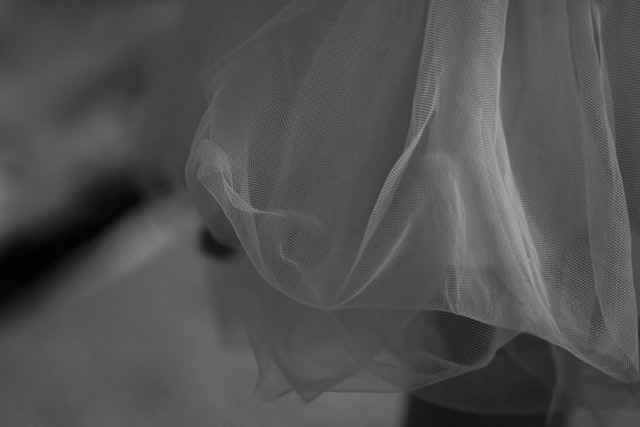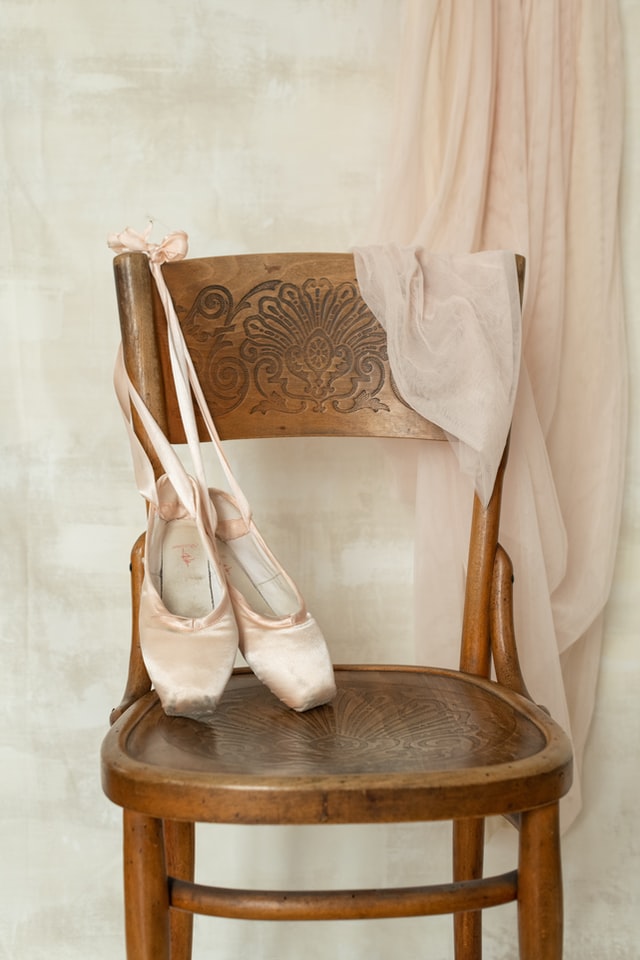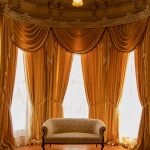Tulle; how to choose correctly? Everyone asks how to choose the suitable tulle to elegantly emphasize the interior and make the room seem bigger and brighter. We will discuss the problem of choice in this article. To decorate the window, transparent material or light mesh with a woven pattern or just tulle is used. When choosing curtain material, you should pay attention to the style of the interior, the color scheme, and the room’s lighting. From a wide selection of tulle fabrics, I want to choose something of my own, suitable for the length, nature of the curtain, and color.
Contents
Read: How to choose suitable curtains.
It is not easy to make the right choice, but if specific rules are followed, it will not seem such an impossible task. The first of these is the lighting of the room. So, for large and bright rooms whose windows face south, you should prefer dense tulle or fabric with large patterns. It will eliminate excess light and create a pleasant penumbra. But for the east and north rooms, it is advisable to use transparent and light material.
Never hang tulle in shaded and small rooms! It is better to decorate the windows of such rooms with light curtains. Seasonal effects in lighting also play an essential role: tulle curtains and curtains can be changed according to the season. For example, according to the advice of experienced designers, in summer and spring, it is advisable to use tulle of denser material with significant patterns of rich flowers, and in the cold season – autumn and winter – to use plain and light materials.
How to choose tulle in different rooms
Entrance hall (living room)
Suppose we are talking about a living room characterized by luxury. In that case, it is advisable to decorate it by choosing a cool transparent fabric with embroidery, silver, or gold with an intricate pattern. Furniture in a classic style will perfectly emphasize the tulle of transparent curtains. Solid tulle and massive curtains for the hall will correspond to this style. Still, it is essential to combine the material’s color with the interior’s available color. In the minimalism style, monochromatic material will “fit” harmoniously without unnecessary breaks.
Children
Tulle for children’s rooms does not have to be expensive, complicated curtains. It is appropriate to use unusual prints or bright, saturated colors here. It is preferable to use colored tulle in the interior of this room, from which the curtains on the windows, the canopy over the bed, and even the curtain that divides the space into two parts are sewn. Thanks to such a colorful and light material, the room will be more comfortable and will look very stylish.
Bedroom
For the bedroom, any solid material is suitable that will promote comfort, peace, and tranquility. To create a more solemn and solemn look, it is better to use tulle with a pattern or guipure inserts. The choice in favor of colored materials should not shift the emphasis from the central element of the interior. Pay attention to the colors of the curtains – for complex or unusual combinations, it is better to choose solid tulle. Let’s talk about the bedroom’s lighting. A light and transparent material are preferable for a semi-dark one, and denser tulle for a well-lit room. Sometimes the material needs to be finished with edges. For example, beautiful waves around the edges will improve the aesthetic appeal of the overall composition. It is a good idea to use strips of fabric from which the curtains are sewn to sew the bottom of the tulle.
Kitchen
In the kitchen, it is advisable to hang tulle; its length will reach the windowsill. Such material should be easy to wash off and, simultaneously, not lose its shape and original color. Classic tulle fabrics are voile, organza, mesh, and muslin. They are made from synthetic and natural materials: viscose, cotton, linen, polyester, and silk. Embroidery or drawings in floral motifs on light organza designed for the kitchen will surely appeal to romantics. But for a small kitchen, a tulle of simple shapes and soft colors is best suited together with kitchen furniture, wallpaper, wall decorations, and colored ceramic plates. At the same time, the drawing should not look too large and catchy so as not to tire the eyes, but also not too small so as not to create a scene of spotted tulle.
Monochrome tulle and massive curtains for the hall will correspond to the classic style. Still, it is essential to combine the material’s color with the interior’s available color.

Selection Tips
In general, before choosing a material for a window, you should carefully develop an interior design. Before buying a tulle, determine the size of the window. Products of dark tones will visually reduce the room, and light – on the contrary, increase. It also applies to the design of the material, and its color, on which the perception of the room depends. For example, tulle veils are suitable for complex decorative elements. Their selection is so diverse that choosing the right option becomes difficult. Just one color veil has up to 12 colors and shades! They often act as the main background for curtains made of patterned fabrics. Veils are often used as a base material to create sophisticated tulles with beautiful embroidery or prints.
Tulles with guipure inserts are still popular. The braided finest silky threads of the veil will emphasize the sophisticated interior and create a unique style. They are easy to care for and combine perfectly with curtain fabrics.
If you use muslin, with its help, you can create a classic style in an apartment. The height of most tulle materials reaches three meters, which allows you to order according to the desired size. To create spectacular pleats on the veils, purchase a tulle two to three times longer than the length of the curtain rod.
Plain fabric or tulle with a muted shade is suitable for versatile wearers. But more often on sale, you can find ready-made sets of curtains, where the tulle and the curtains have a common theme in the drawing.
Good luck with your choice!


